The Shift from Low to Medium Haze Risk in 2025 (Transboundary Haze in Sumatra)
The Haze Outlook 2025 has raised the regional risk level from green (low risk) to amber (medium risk), citing elevated agricultural prices, an uptick in deforestation, and economic and policy shifts driven by pressure to boost agricultural output for food security as attributes to this change.
Key points to note from the report:
While deforestation declined between 2017 and 2022, it has increased again from 2023 into 2024, particularly in Sumatran provinces near Singapore and Peninsular Malaysia, where fire activity surged in July 2025.
Despite forecasts of a shorter dry season, hotspots and smoke haze in parts of Sumatra in mid-July have already affected air quality in parts of Peninsular Malaysia, indicating that fire risk remains elevated even under average weather conditions.
With climate trends pointing to another unusually dry season between 2027 and 2030, and structural drivers like land clearing and commodity demand continuing to fuel haze episodes, the report recommends prioritizing sustainability measures “to avoid creating more fire-prone conditions.”
The surging of commodity prices with deforestation on the uptick (Most especially, palm oil prices surpassing soybean)
Linked to these structural pressures, the Outlook notes that agricultural commodity prices, especially for palm oil, have surged due to supply failing to keep pace with rising global demand.
According to the report, palm oil from Indonesia and Malaysia, typically the world’s cheapest vegetable oil, has traded above soybean oil prices at key destinations for nine consecutive months, an unprecedented trend. This price surge is significant because historical spikes in commodity prices have often preceded increased deforestation in subsequent years.
Although the rate of primary forest loss between 2015 and 2019 remained largely flat or declined despite fluctuations in commodity prices, the report notes that the current cycle may differ: “estimates show some uptick in deforestation in Indonesia from 2023–2024.”
Will EUDR be further delayed to 2028? How will smallholders cope with these regulations
The report also highlights the approaching enforcement of the European Union’s Regulation on Deforestation-free Products (EUDR), scheduled to take effect for large companies on 30 December 2025. The regulation targets seven commodities, palm oil, soy, wood, cocoa, coffee, cattle, and natural rubber, and requires proof that imports are not linked to deforestation after 31 December 2020.
According to the report, key developments related to the EUDR include:
The regulation imposes strict reporting requirements, which critics argue may exclude smallholder farmers unable to meet compliance standards.
In response, the EU has simplified some administrative rules, allowing annual submissions and reuse of due diligence statements for reimported goods, cutting estimated compliance costs by 30%.
Indonesia and Malaysia have developed national digital platforms to provide legality and traceability data, while respecting data protection laws. These systems aim to support smallholders and enable international buyers to file EUDR-compliant submissions through national dashboards.
Indonesia has urged the EU to postpone full implementation until 2028 to allow more time for preparation and alignment across all stakeholders.
The report suggests that while the EUDR aims to curb deforestation linked to commodity trade, its real-world impact will depend on how effectively origin countries and the EU implement and enforce these measures, especially regarding smallholder inclusion.
The Annual Haze Outlook Report can be found here.
Reach us at khorreports[at]gmail.com







